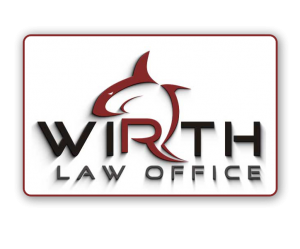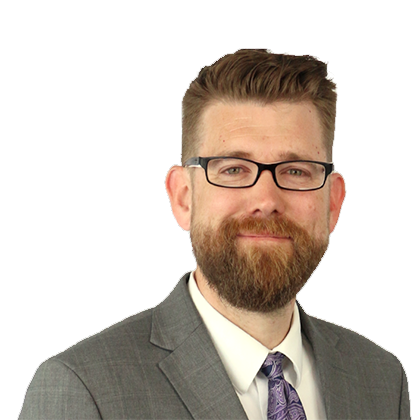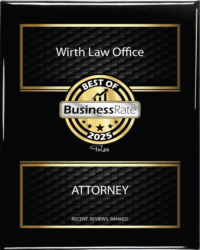This Goes Back to a Ruling From the United States Supreme Court in 1987
Video Transcribed:
What are James and Harjo hearings? I’m a criminal defense attorney Tulsa, OK, James Wirth, and we’re talking about criminal defense and certain hearings and what they’re for. And this video is about the James and Harjo hearings and what those are. And that involves the statements made by co-conspirators and their admissibility to prove the guilt of the people involved in the conspiracy.
And it goes back to a ruling from the United States Supreme Court in 1987. And that was 483 U.S. 1 71. And here’s the quote from the United States Supreme Court. “Co-conspirator statements were made in the course and in furtherance of the conspiracy have a long-term view of being outside the compass of the general hearsay exclusion. Accordingly, we hold that the confrontation clause does not require a court to embark on an independent inquiry into the reliability of statements that satisfy the requirements of rule 801(d) (2) (E).
So, essentially, what this is talking about is the right to confrontation in hearsay rules where you’re dealing with trying to prove a conspiracy where you’re trying to admit the statements out of the court of one person in a conspiracy against another person. And generally, you would say, “Well, that’s hearsay.
That’s a statement that someone else is testifying to incriminate somebody else. And also, it’s a violation of your right to confrontation, which is Constitutional. If I’m being convicted based on a statement that was made by this alleged co-conspirator, but that person is not actually being brought before me in court where I can cross-examine them, then I do not have a right. I’ve lost my right to confront my accuser.
 Nonetheless, in these limited circumstances, the United States Supreme Court said that it is admissible. It’s not hearsay, and it does not violate confrontation. So, from a trial practice perspective, that’s a difficult thing to deal with because how do we know what is admissible if the court has not yet determined was there a conspiracy?
Nonetheless, in these limited circumstances, the United States Supreme Court said that it is admissible. It’s not hearsay, and it does not violate confrontation. So, from a trial practice perspective, that’s a difficult thing to deal with because how do we know what is admissible if the court has not yet determined was there a conspiracy?
When did the conspiracy begin? When did the conspiracy end? What were the means and ends of that conspiracy? And what statements were in furtherance of that conspiracy? If we’re trying to find that all out in front of a jury, then the jury is going to receive prejudicial information that we later determine is not admissible based on their findings related to the conspiracy.
So, that’s where we get the James and Harjo hearings. And what that provides is that the defendant has a right to an in-camera hearing outside the presence of a jury where evidence is put on to determine, was there a conspiracy? Who was involved in the conspiracy? When did it begin? When did it end?
What were the goals of the conspiracy? And what statements were in furtherance of the conspiracy by the co-conspirators and therefore admissible? So, James had Harjo hearings to determine the admissibility of all of these statements before the trial starts before the jury so that the jury does not get prejudicial information that is later determined to be inadmissible based on the confines of the conspiracy.
So, if you’re dealing with that complicated issue or have other questions related to a criminal offense in Oklahoma, you’re going to want to talk to an attorney about your specific circumstances. To do that, you can go online to speak with somebody in my office. Get it scheduled at Makelaweasy.com.




























